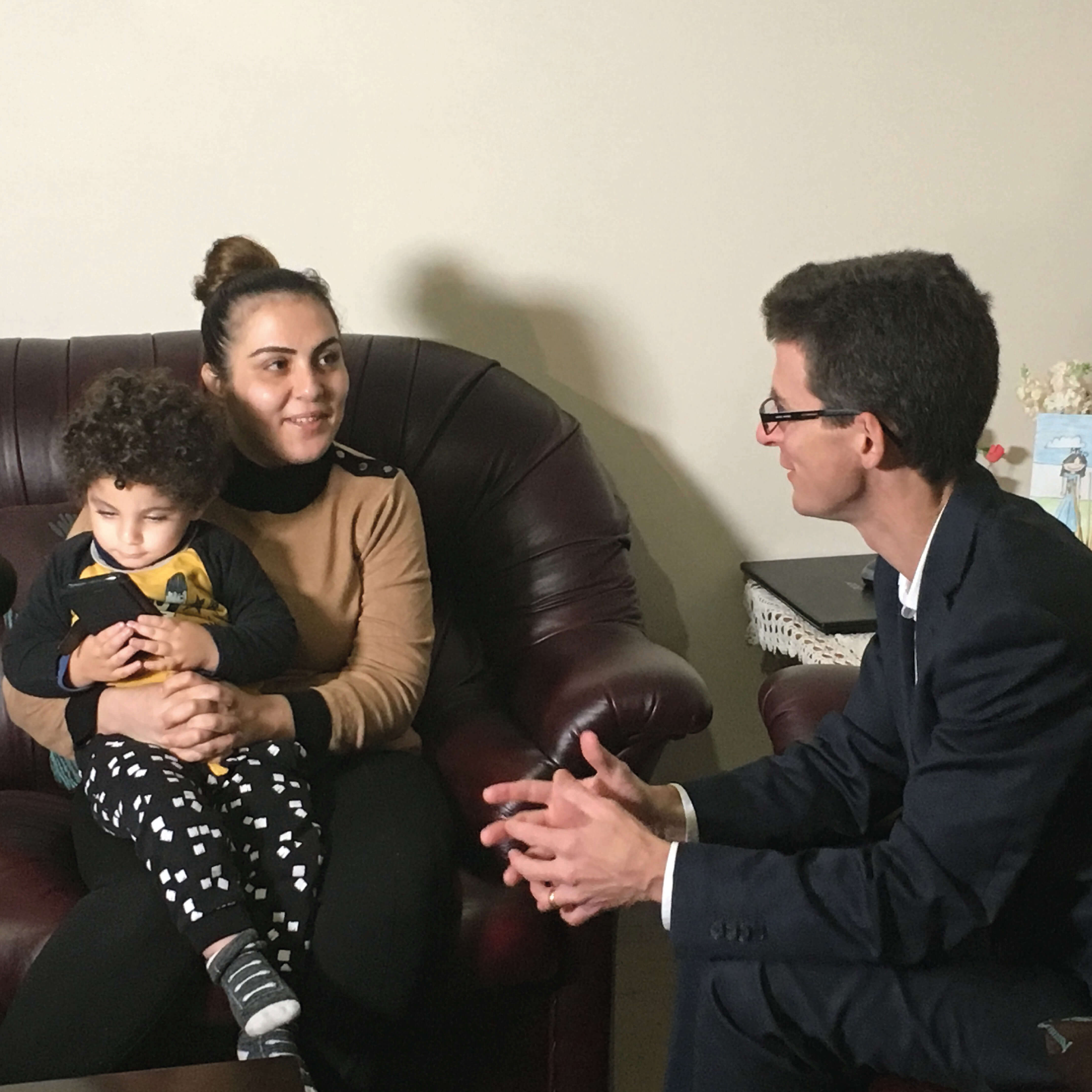Search
Research
Modelling the seasonality of respiratory syncytial virus in young childrenThe transmission dynamics of RSV infection among young children are still poorly understood and mathematical modelling can be used to better understand...
Research
Safety surveillance of influenza vaccine in pregnant womenVaccination is the most effective strategy for preventing influenza infection in pregnancy.
Research
Immunogenicity and safety of measles-mumps-rubella and varicella vaccines coadministeredA pooled analysis was conducted of 1,257 toddlers who received a fourth dose of Haemophilus influenzae type b- Neisseria meningitidis serogroups C and...
Research
Trivalent influenza vaccine and febrile adverse events in australia, 2010: Clinical features and potential mechanismsIncreased numbers of children presenting with febrile adverse events following trivalent influenza vaccine (TIV) were noted in Australia in 2010.
Research
Sexual dimorphism in lung function responses to acute influenza A infectionMales are generally more susceptible to respiratory infections; however, there are few data on the physiological responses to such infections in males and...
Research
Response after one dose of monovalent influenza A (H1n1) 2009 vaccine in infants and children - preliminary reportTo assess the immunogenicity and safety of a 2009 influenza A(H1N1) vaccine in children.

News & Events
Important things you should know about this year’s flu seasonNews headlines about the large number of life-threatening cases of the flu in Western Australia this winter have been hard to miss - find out what you can do to protect your family.

News & Events
WA parents oblivious to true danger of the fluPerth parents are underestimating the serious consequences of the flu, with only 19 per cent of children under five years of age currently immunized against the virus ahead of the peak winter flu season.

News & Events
Deborah Lehmann Research Award OpportunityThe Deborah Lehmann Research Award in Paediatric Infectious Disease Research is a funding mechanism to support the training and development of early- to mid-career researchers (EMCR) or Higher Degree by Research (HDR) students who are nationals from the Pacific Region working in or outside their hom
Research
Surveillance for severe influenza and COVID-19 in patients admitted to sentinel Australian hospitals in 2020: the Influenza Complications Alert Network (FluCAN)Influenza is a common cause of acute respiratory infection, and is a major cause of morbidity and mortality. Coronavirus disease 2019 (COVID-19) is an acute respiratory infection that emerged as a pandemic worldwide before the start of the 2020 Australian influenza season.
